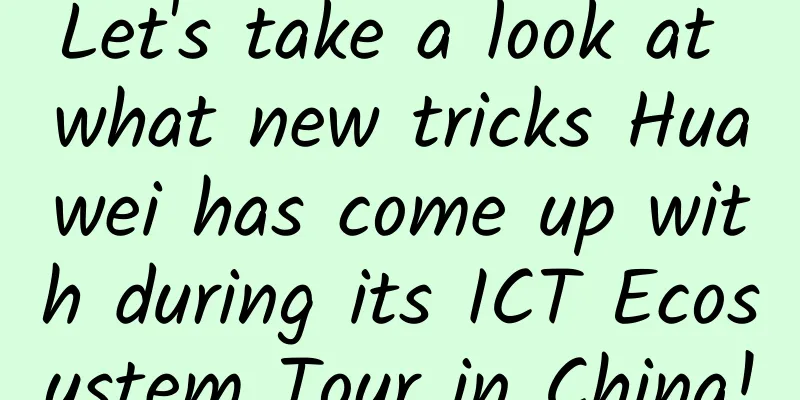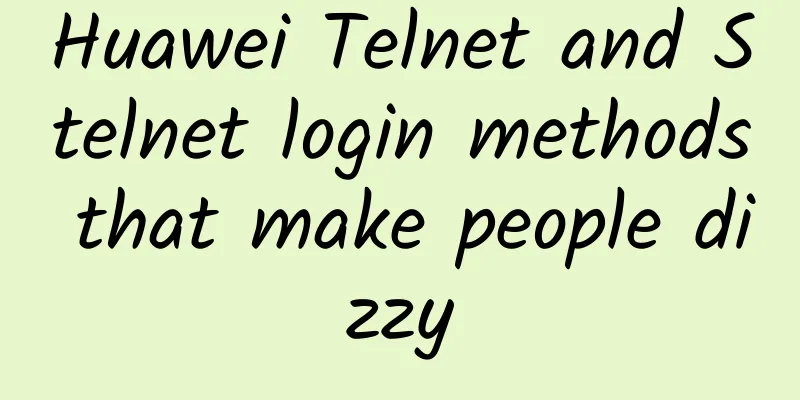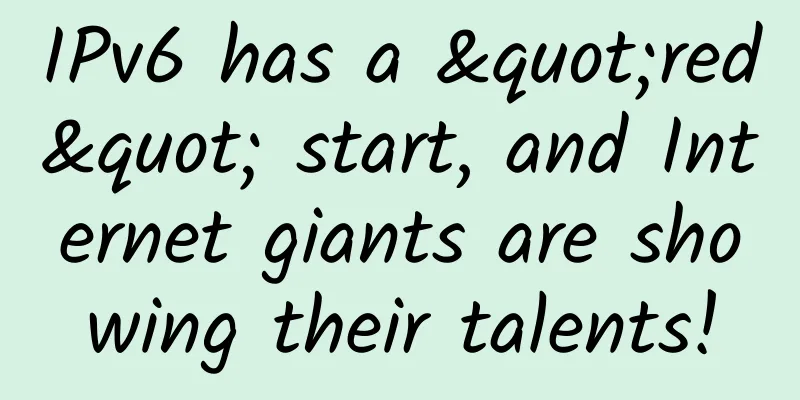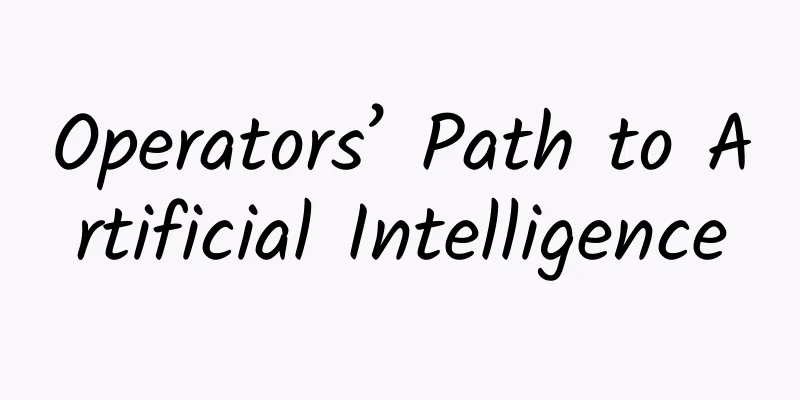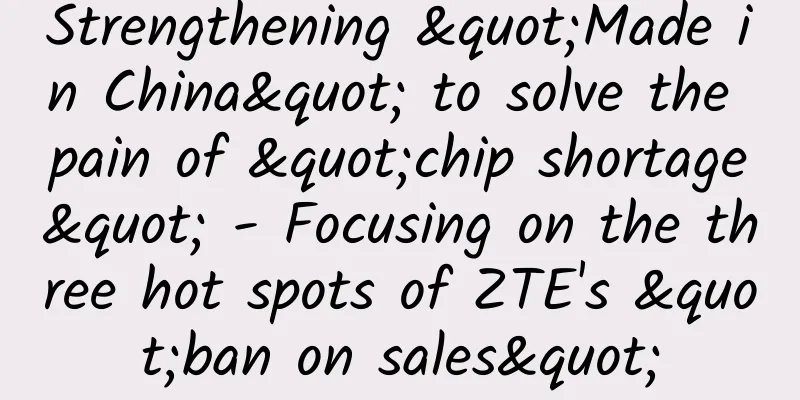A brief history of the development of instant messaging (IM)
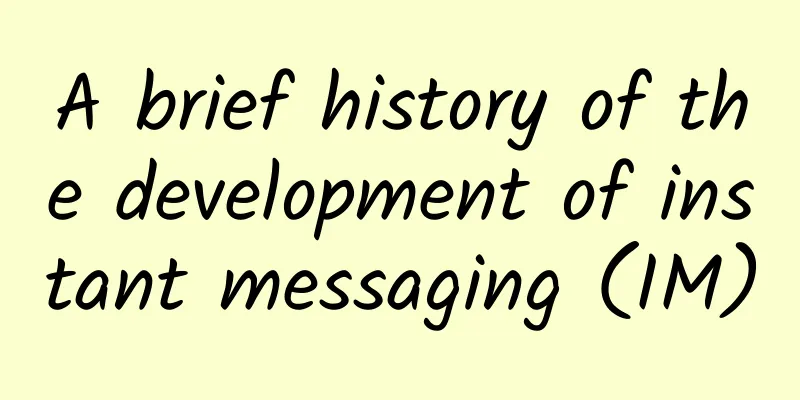
|
We are not unfamiliar with instant messaging (IM). QQ, WeChat, YY, Feishu, and DingTalk are all instant messaging software we are more familiar with.
But do you know? It took a long time for instant messaging to develop to what it is today. Savage EraThe evolution of human calculating tools has gone through different stages from simple to complex, from low-level to high-level, from knotted cords in ancient times to abacus and slide rule. In 1946, the University of Pennsylvania in the United States created the world's first electronic computer, ushering in the era of computers. This computer, called "ENIAC", used 17,840 transistors, weighed 28 tons, and had a computing speed of only 5,000 times per second. The advent of "ENIAC" was epoch-making, indicating that the era of electronic computers had officially arrived. In the next few decades, computer technology developed at an astonishing speed, going through the era of vacuum tube digital computers, transistor digital computers, integrated circuit digital computers, and large-scale integrated circuit computers. The integrated circuit digital computer, which was born in 1964, can calculate millions or even tens of millions times per second. Its reliability has been significantly improved and its price has further dropped. It has begun to enter the field of word processing and graphic image processing, thus laying a solid foundation for the birth of instant messaging tools. Ancient TimesIn the 1970s, the world's first computer-assisted teaching system, the Plato system, gave birth to the earliest instant messaging program. When a user enters a chat message in the program, the user at the other terminal will immediately see the message sent by the other party. However, it is different from today's instant messaging software. In today's instant messaging, the other party in the conversation will only see the message after the other party presses the enter key to confirm the message. The instant messaging program at that time was truly "instant messaging." Every character entered by the user will be immediately displayed on both parties' screens, and the deletion or modification of each character will also be reflected on the screen instantly. In the 1980s, UNIX/Linux-based instant messaging tools were widely used by engineers and academia. This type of instant messaging tool has realized many basic functions, but they have not yet entered the Internet and can only be used within a local area network. Modern timesIn 1996, three Israelis, Weisger, Vadi and Goldfinger, got together and decided to develop a software that would allow people to communicate directly on the Internet. Soon ICQ was born. This is the first widely used instant messaging software based on the Internet. When ICQ appeared, instant messaging software developed rapidly, and a large number of similar software appeared, such as Gaim, Miranda IM, Trillian, etc. These software have a fatal flaw: they use different protocols and cannot communicate with each other. Users need to run more than two instant messaging software at the same time to chat. Soon after ICQ was born, Chinese instant messaging software also began to develop. Ma Huateng founded Shenzhen Tencent Computer System Co., Ltd. and imitated ICQ by adding the letter "O" in front of ICQ, which means "opening i seek you". Not long after, in 2000, OICQ was renamed QQ due to an infringement incident. Modern instant messaging software is no longer satisfied with instant chatting, but integrates social interaction, games, entertainment, etc. to form a huge industrial chain based on instant messaging. modernThe popularity of mobile phones has ushered in a second spring in the development of instant messaging software. Different countries have spawned different instant messaging software, such as Whatsapp in the United States, LINE in Japan, Kakao Tall in South Korea, and WeChat in China. The difference between today's instant messaging and modern instant messaging is that the fields are more segmented. There are both personal instant messaging tools and enterprise-level instant messaging tools. Unlike personal instant messaging software, enterprise-level instant messaging software places more emphasis on security, practicality, stability and scalability. Some enterprise-level instant messaging software also supports customization, which greatly improves the efficiency of communication within the enterprise. The development of instant messaging software is just a product of the Internet information flood, but it has gone through a long development of more than 50 years from its birth to its prosperity. Now instant messaging has become a part of people's work and life. |
<<: 5G bidding is finalized, and competition is changing again
>>: Analysis on the current status of global 5G development
Recommend
Opportunities and challenges of the 5G golden frequency band: Is the 700MHz industry chain ready?
Spectrum resources are the core resources for the...
Megalayer: Hong Kong/Philippines/USA/Singapore special VPS starting at 199 yuan per year, native IP starting at 249 yuan per year
Megalayer promotional VPS packages are being rest...
LiFi has two major advantages over WiFi. Can it really replace WiFi?
Recently, the American company LightPointe announ...
From the network I/O model to Netty, let’s first take a deeper look at I/O multiplexing
In the previous article, we learned about the fiv...
Bluetooth: "You have joined the group chat"
Have you ever wondered how mobile phones, headpho...
How to deal with the impact of digital transformation on the network
Digital transformation has increased the importan...
OneTechCloud VPS for the school season is 20% off starting at 21 yuan/month, US CN2 GIA&9929/Hong Kong CN2&CMI large bandwidth/high defense optional
OneTechCloud (Yikeyun) brings you a discount code...
How to realize LoRa networking without a gateway?
As a low-power wide area network communication te...
A brief analysis of RoCE network technology
In the era of data being king, people have more s...
Huawei's 3GPP 5G pre-commercial system wins the World Internet Leading Technology Achievement Award
[Wuzhen, China, December 3, 2017] Recently, the w...
The essence of 5G is speed upgrade! Packages will become cheaper and cheaper
[[356187]] About two years ago, when 5G had just ...
Wi-Fi 5 is being phased out, while Wi-Fi 6 is experiencing an explosion: its share is growing
[[388418]] Today, IDC released the "China WL...
20 pictures to thoroughly understand the principles of HTTPS!
[[355627]] Preface In recent years, major compani...
How to implement RBAC with API Gateway and OPA
Currently, in order to ensure that the right peop...


